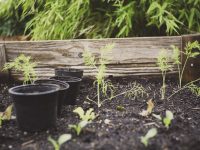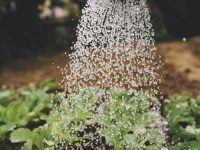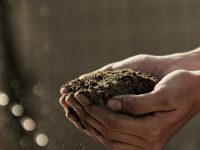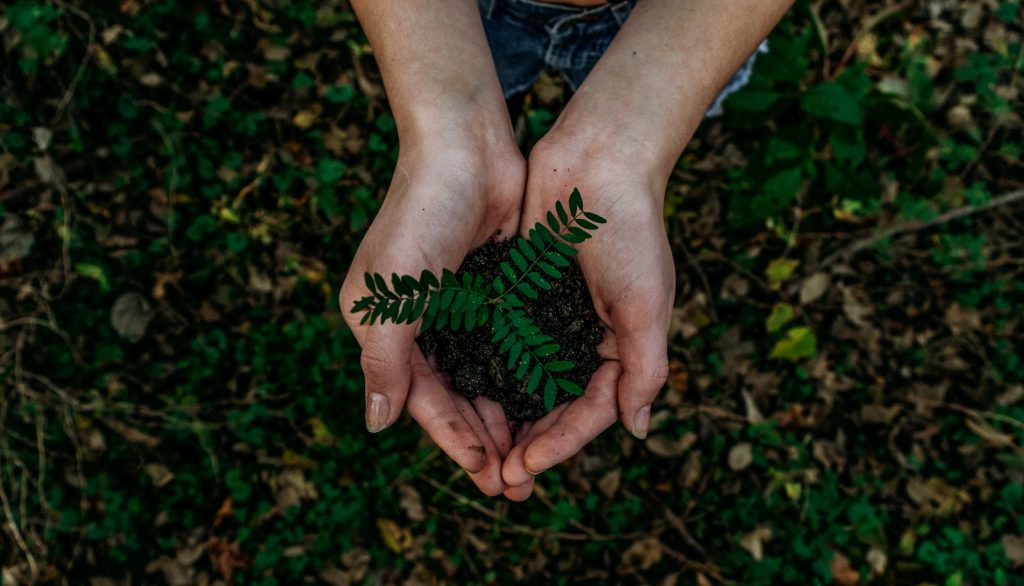On this page, we provide an overview of the different categories of composting and explore the key differences between:
- Industrial compostable packaging
- Home compostable packaging
- Biodegradable packaging
- bio-based packaging, and
- Oxo degradable packaging






